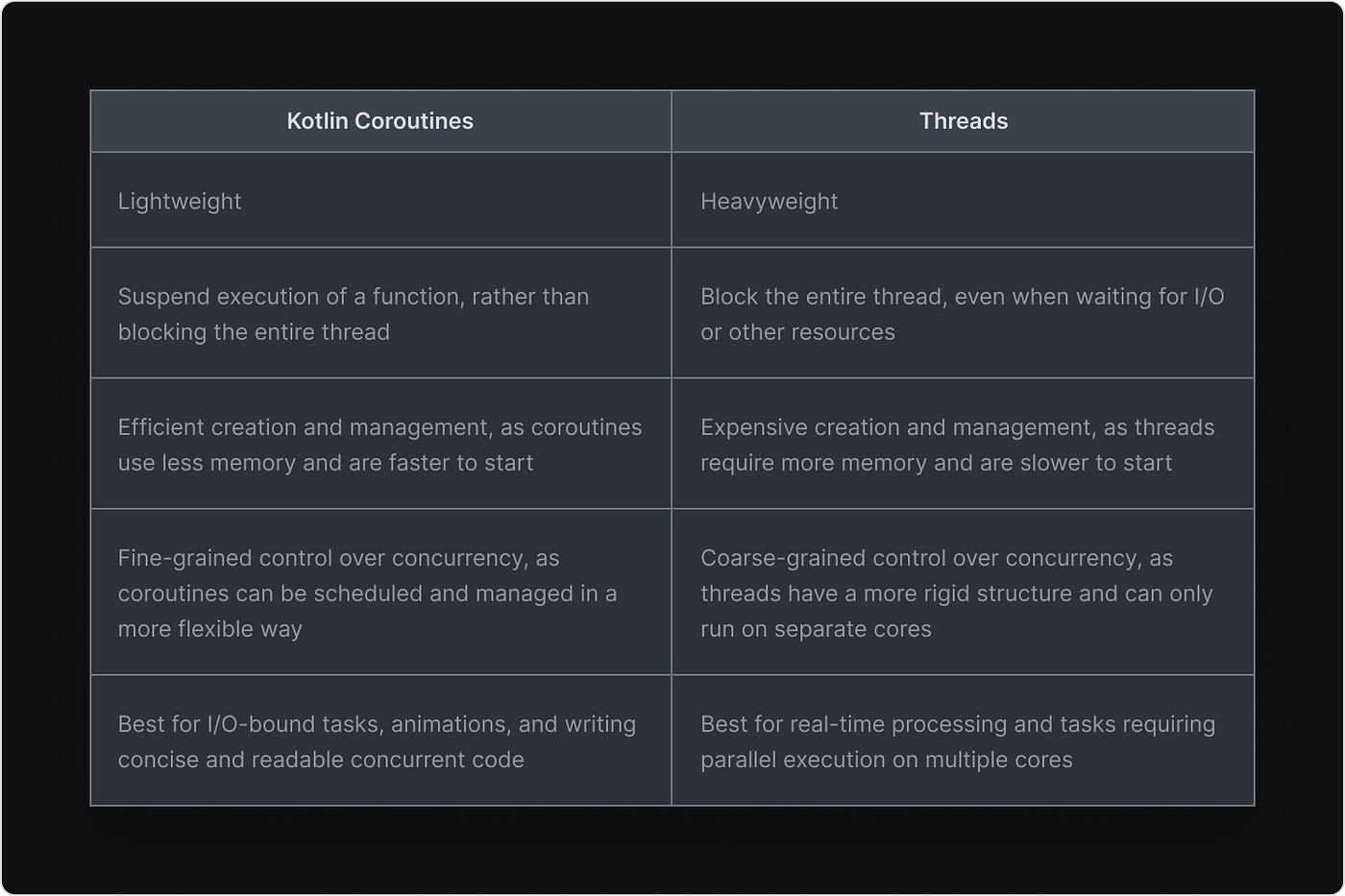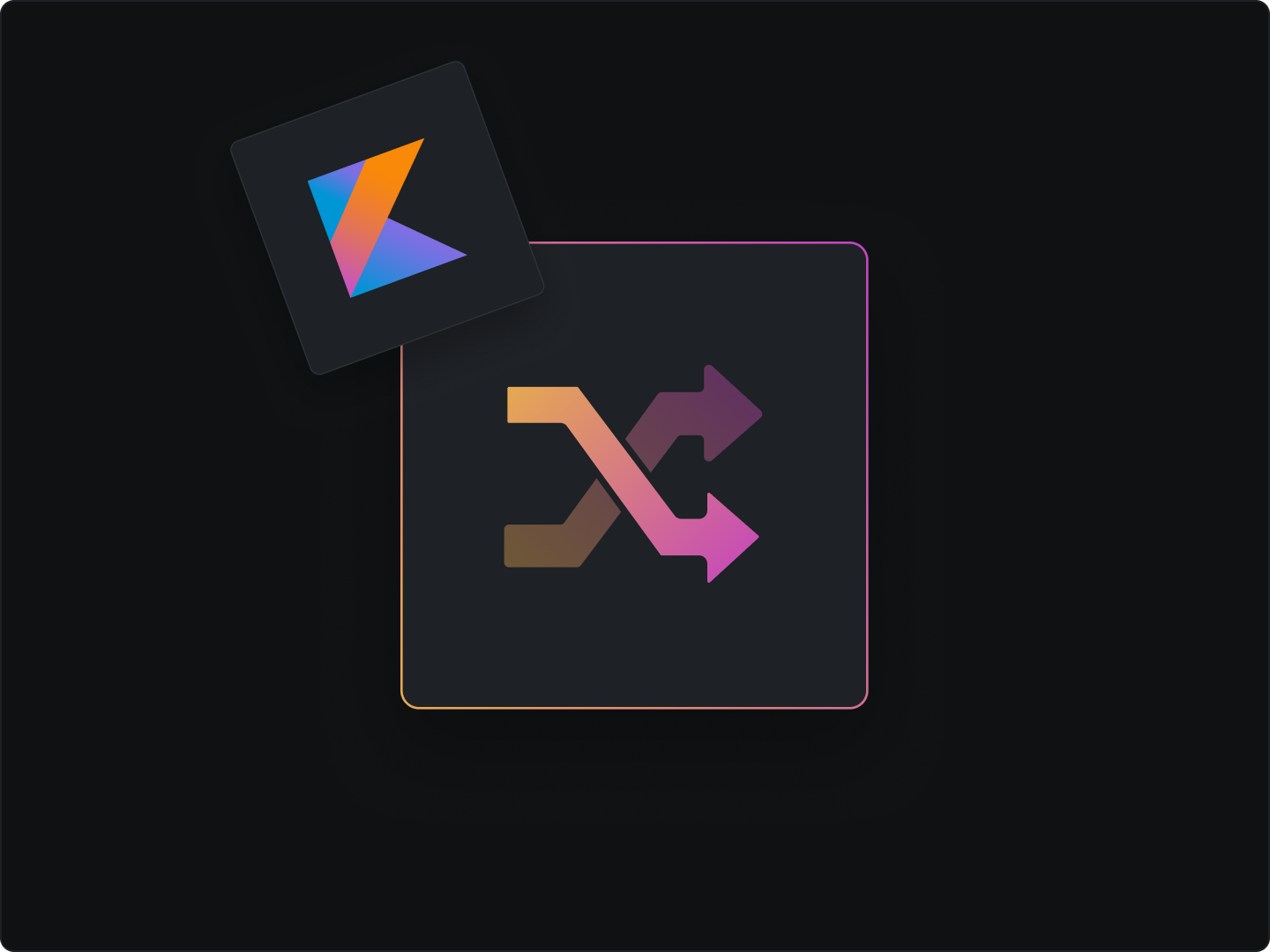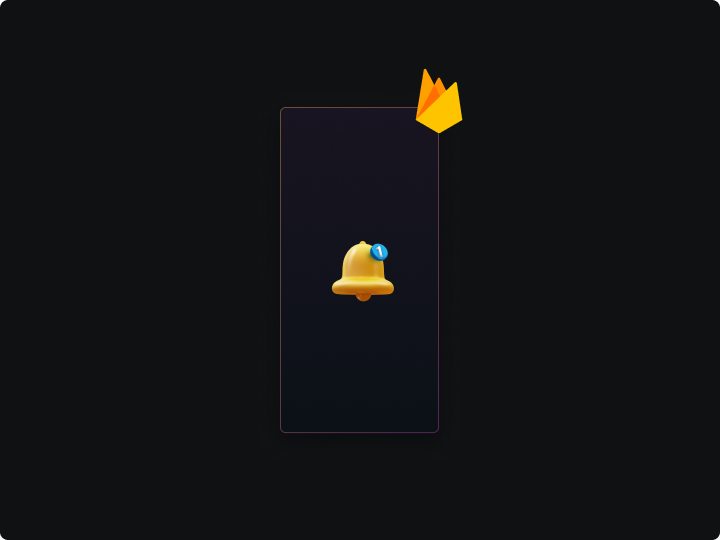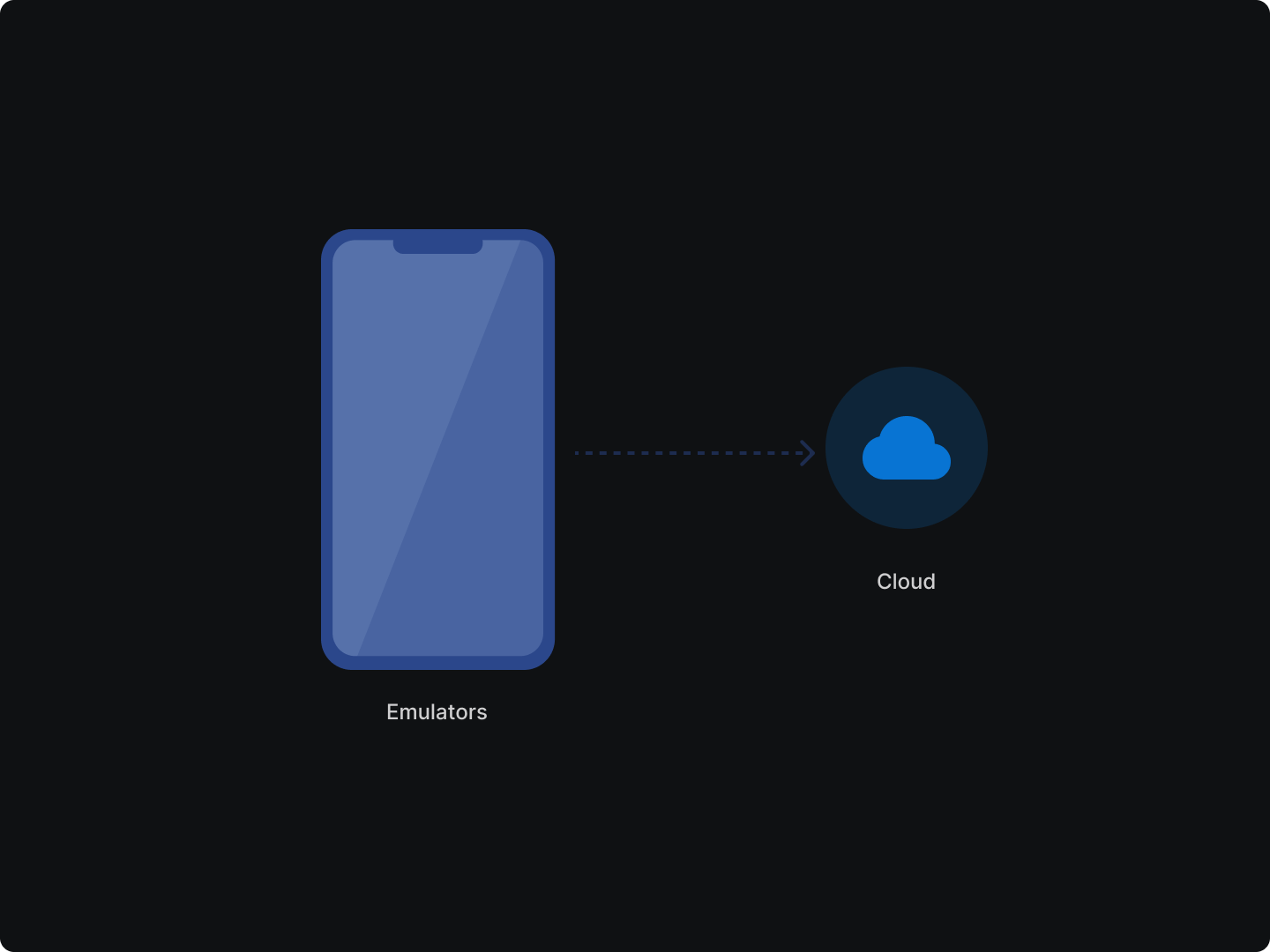Kotlin Coroutines have been a game-changer for android dev. They have significantly improved how we write and manage asynchronous code and have made it much easier to create high-performing, responsive apps.
Asynchronous programming is a crucial aspect of development, and it is imperative to have a solution that can make this process efficient, reliable, and easy to manage. Over the years, we have seen many changes in how we write and manage it. From AsyncTask to RXJava and Kotlin Coroutines, the journey has been a roller coaster ride.
In this article, we will discuss them in detail, their merits and, how to set them up, and conclude with an example of their implementation in an e-commerce app 🛒
What are Kotlin Coroutines?
Coroutines were introduced in Kotlin 1.3 and have become a vital language feature. They make the async code that is —
- easy to understand
- readable,
- and maintainable.
Kotlin Coroutines provide a lightweight, expressive library for asynchronous programming in Kotlin
They also provide a flexible and efficient solution for managing background tasks without using complex and error-prone solutions like callbacks or threads.
Why are coroutines important for development? 🤔
Because they provide a solution for performing complex background tasks without blocking the main thread. In Android, blocking the main thread can cause the app to become unresponsive or crash.
With Kotlin Coroutines, you can perform background tasks like network requests, database operations, or heavy computation and have them run smoothly in the background. At the same time, your app continues to be responsive to user interactions.
How do Kotlin Coroutines streamline async programming in Android?
They provide a straightforward and efficient way of writing asynchronous code in Android. With their high-level abstractions, you can write easy-to-understand and maintained code.
They also allow for more precise control over the execution of asynchronous operations, providing a more efficient solution than traditional solutions like callbacks or threads. Additionally, they make it easy to manage the lifecycle of asynchronous tasks, making it easier to avoid memory leaks and other common issues associated with async programming.
In addition to their performance and control benefits, they can be easily integrated into any project and used alongside other libraries and APIs, making it simple to add asynchronous functionality to your app.
Coroutines vs Threads
Coroutines require fewer resources than threads and are more memory efficient, so they can be used even on low-powered android devices with limited RAM without any performance issues. Additionally, coroutines make handling errors easier since all exceptions thrown during coroutine execution can be taken within a single scope without having to propagate them across different threads.Both of them are two different approaches to writing concurrent and parallel code. However, the main differences between them are:

Getting Started with Kotlin Coroutines in Android
Here’s a step-by-step guide to help you set up and start using coroutines in your Android projects 🚀
Step 1
Add the Kotlin Coroutines dependency to your build.gradle file. Just add the following line to the dependencies section of your app-level build.gradle file:
implementation 'org.jetbrains.kotlinx:kotlinx-coroutines-android:1.3.9'
Step 2
Create a CoroutineScope in your Activity or Fragment. A CoroutineScope defines the lifecycle of your coroutines and is essential for managing your coroutines. In your Activity or Fragment, you can create a CoroutineScope using the following code
private val mainScope = CoroutineScope(Dispatchers.Main)
Step 3
Launch a coroutine using the launch method. Now that you have a CoroutineScope, you can start launching it. The launch method starts a new coroutine and is called on your CoroutineScope. The following code shows how to launch a coroutine in your Activity or Fragment
MainScope().launch {
// Your coroutine code here
}
Step 4
Use the async method for background tasks. In addition to launching coroutines using the launch method, you can perform background tasks using the async method. The async method runs a block of code in a background thread and returns a Deferred object which can be used to retrieve the result on the main thread. The following code shows how to perform a background task using the async method:
val result = mainScope.async {
// Your background task here
return@async resultOfBackgroundTask
}
// Use the result of your background task on the main thread
result.await().let {
// Update UI with result
}
Step 5
Cancel a coroutine using the cancel method. If you need to cancel a coroutine, you can use the cancel method on the job created by the coroutine. The following code shows how to cancel a coroutine:
val job = mainScope.launch {
// Your coroutine code here
}
// Cancel the coroutine
job.cancel()
And that’s it! With these simple steps, you can use Kotlin Coroutines in your Android projects.
Let’s see an Example 😀
Let’s consider an e-commerce app that displays a list of products. The app needs to fetch the product data from a remote server and display it in a RecyclerView.
Traditionally, we would have to perform the network request on a background thread to avoid blocking the main thread and then update the UI once the data has been fetched. This can result in complex and error-prone code.
With Kotlin Coroutines, we can simplify this process by performing the network request inside a coroutine and using a suspend function to retrieve the data. Once the data has been fetched, we can update the UI on the main thread.
Here’s a sample code to demonstrate this:
private val scope = CoroutineScope(Dispatchers.Main)
fun fetchProducts() {
scope.launch {
val products = fetchDataFromServer()
updateUi(products)
}
}
suspend fun fetchDataFromServer(): List<Product> {
return withContext(Dispatchers.IO) {
// Perform network request here
}
}
fun updateUi(products: List<Product>) {
// Update RecyclerView with fetched data
}
As you can see, the code is much cleaner and easier to understand compared to traditional approaches. It eliminates the need for complex callbacks and thread management, making it a breeze to work with async programming in Android.
Conclusion
In conclusion, Kotlin Coroutines have become an indispensable tool for android developers. Its high-level abstractions and ability to simplify async programming make it a game-changer for streamlining the process of performing background tasks and updating the UI in Android.
Additionally, it’s worth mentioning that they are also backwards-compatible, so you can easily incorporate them into your existing codebase without having to make major changes. And with the support of Google, we can expect to see even more improvements and features added to Kotlin Coroutines in the future.
That’s all 🙌.
If you have any questions or want to share your experiences, feel free to comment below
Thanks For Reading ❤️



